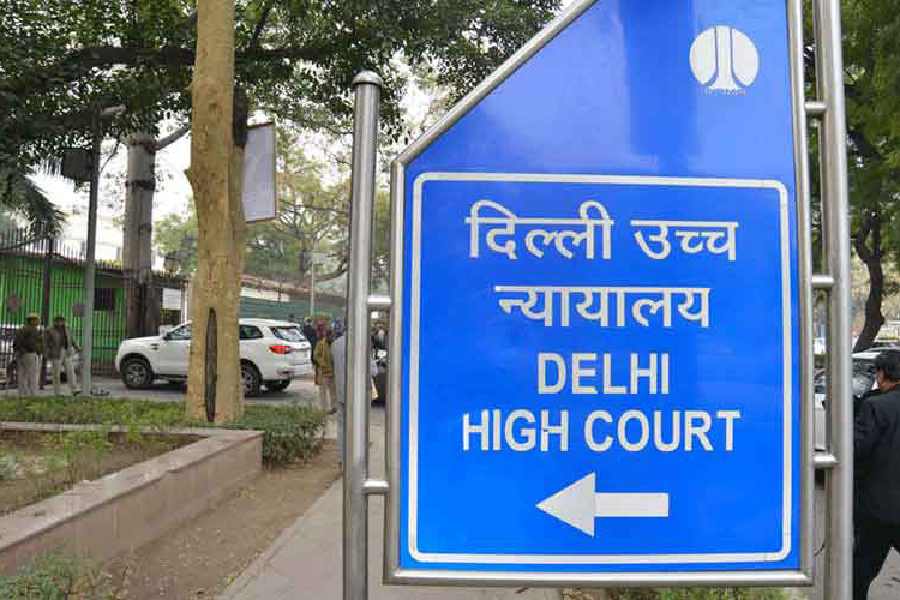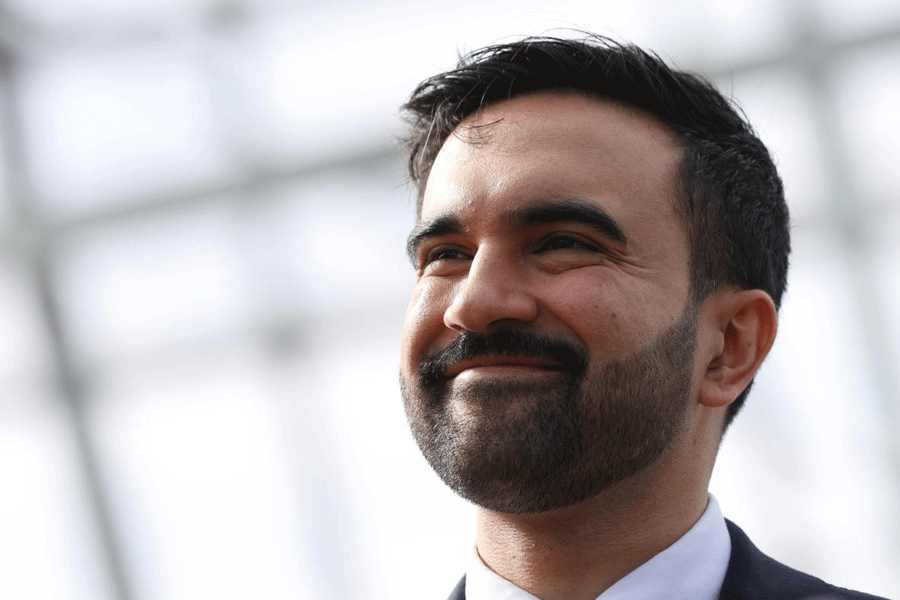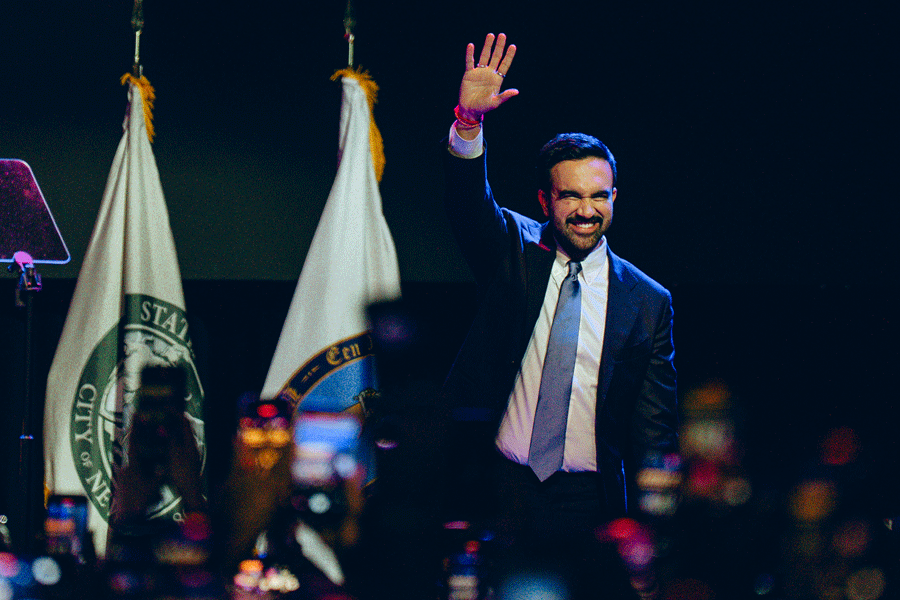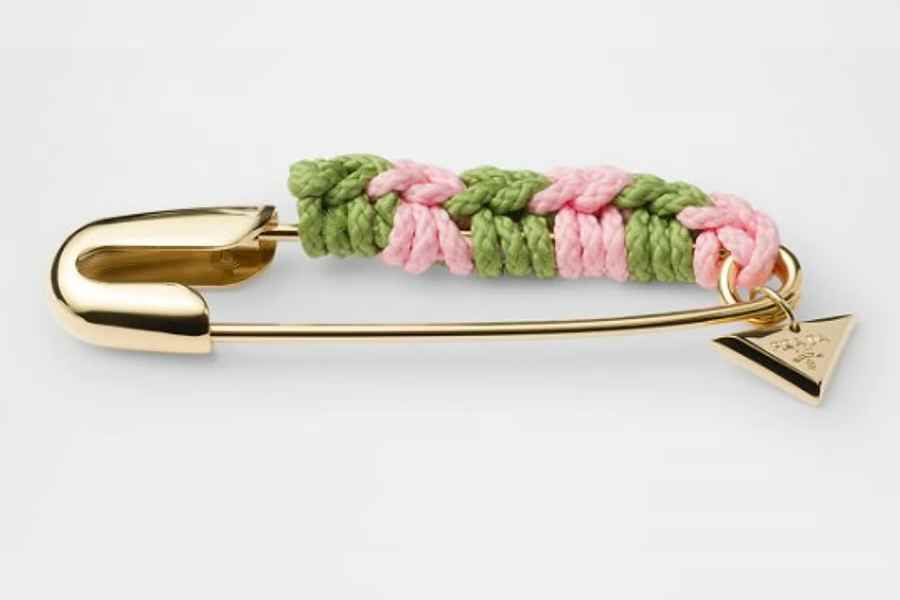 |
It was a clash of egos between Lata Mangeshkar and Ravi Shankar. [It followed] something that happened on the final day of a recording due for Hrishikesh Mukherjee’s 1960 [film] Anuradha. Leela Naidu is no more and, therefore, Ravi Shankar’s Anuradha compositions for that delicate beauty, as rendered by Lata, acquire a rare poignance. Mind-soothing were Ravi Shankar’s compositions for Lata in Anuradha, a show that, at best, was an artistic success, fetching its mentor, Hrishikesh (“Lata is Saraswati”) Mukherjee, the 1960 President’s Gold Medal by way of the National Award.
Yet there was pending, as the Anuradha voice recordings were set to conclude, an old-world number (cast in the vocal image of Bengal’s renowned bhajan singer Juthika Ray and going as Saanwre saanwre kaahe mose karo joraa joree). This Raga Sindhubhairavi-based recording was the one for which Lata, without notice, failed to turn up, leaving Ravi Shankar rubbing his baton-free hands. It had to be later dubbed by Lata under the supervision of Vijay Raghav Rao as Ravi Shankar’s chief assistant in Anuradha. I personally feel that Ravi Shankar never quite forgot that Saanwre saanwre recording rebuff from Lata, with his thinking probably being: “If you have a world reputation, so do I!”
In this recording studio light, Ravi Shankar, logically, expected a more conciliatory approach from Lata on Meera [a 1979 film]. Such an approach never came and it obviously became a point of personal prestige with Pandit Ravi Shankar to record Meera in the voice of Vani Jairam, one whose vocals he had tested before. Gulzar’s Meera did not do all that well but its music, in its international edition, was a total sellout with seven songs and seven songlets, all in the renouncingly mood-capturing voice of Vani. Such was the magic of Pandit Ravi Shankar’s name outside India.
Panditji’s wry sense of humour came through even in the otherwise sombre atmosphere obtaining at Bandra’s Mehboob Studios. There were different passages of interlude music being tried out for an atmospheric Vani recording when, in response to a piece played by Vijay Raghav Rao through the mike, Ravi Shankar quipped: “It sounds too much like your Films Division music!”
 |
At another point, as Ravi Shankar remarked, “Komal nishad thodaa nangaa lag rahaa hai” (The komal nishad appears a bit bare), who should come curvaceously traipsing in but Jayshree T. in the mode of attire and style of carriage calculated to accentuate her body language all the way. Jayshree Talpade had been shooting at Mehboob Studios and was, as the sexiest thing on a couple of legs this or that side of the recording room, merely seeking Ravi Shankar’s darshan. This while carrying herself in a manner designed to have those present questing for her darshan.
An even greater stir there was as The Beatles turned up during one afternoon at the recordings. George Harrison, for his iconic part, could only gaze in amazement at the massive recording equipment behind which Ravi Shankar was Big Uncle-looking seated. “It works, you know!” said Panditji and there were smiles all around.
Since Ravi Shankar was the one chosen to score the Apu Trilogy (in the period 1955-59) by Satyajit Ray, I asked as to what were the special demands made by that master from this master. “Oh, things worked out fine until Satyajit Ray became a little too conscious of his six-foot-plus stature!” remarked Ravi Shankar. Later, encountering Ray in cinema critic Iqbal Masud’s Marine Drive home, I narrated what Ravi Shankar had said. Ray looked to be on the point of reacting sharply when he thought better of it. Cryptically, he responded that the Goan musicians in Bombay unfailingly played to the exact footage he wanted, not so Ravi Shankar & Co.
When mighty egos collide, the sound of music is not always harmonious to the ear. Take Salil Chowdhury vis-à-vis Ravi Shankar. Meeting up with him in his Calcutta apartment, I told Salil how Ravi Shankar had felt he tended to make the orchestra needlessly complicated, also how the sitar ace felt there was no call to employ a Western tune for Lata’s sajanaa barkhaa bahaar aayee on Sadhana in Bimal Roy’s Parakh (August 1960). This had Salil instantly up in arms, stridently observing: “What does Ravi Shankar, originally an instrumentalist, know about composing music?” That might sound outrageous, but read what Manna Dey has to say: “His compositions were a class apart. My tribute to Salil Chowdhury would be to place him in terms of sheer potential, in the same category as [Rabindranath] Tagore and [Kavi] Nazrul Islam.” Yes, Salil was an exceptional talent, one who believed that it is only dead fish that swim with the current. You had to be at a Salil Chowdhury recording, based entirely on the chords’ system, to divine what orchestral integration really meant. Everything would be sounding great, just great, when the man would chip in with: “Cut, cut!” A cut above the rest was Salil Chowdhury, a composer who could evoke, from the sitar of a day-to-day performer like Jairam Acharya, the stunning opening notes following Sajanaa. To my suggestion that the only competition to Lata’s vocals, in the transcendental opening notes struck, was the sitar of Jairam Acharya, Salil would come back with “No one, just no one, could compete with Lata in sajanaa barkhaa bahaar aayee. Or Zulmee sang aankh lade, my pet (1957) composition from Madhumati, so sweet, so Kumaoni!”
Salil Chowdhury had the entire musical folklore of India at his fingertips as he picked up the baton. When asked to comment on the music of the peerless Anil Biswas, his telling observation was: “What could be more tragic than that people have all but forgotten such a titan?” The same Anil Biswas had no ego, at least this one time, as he sat down to play the tabla in Salil Chowdhury’s celebrated Bombay Youth Choir. Anil Biswas finally fell from composing favour when, in K.A. Abbas’s Char Dil Char Rahen (September 1959), he failed to produce a hit on Raj Kapoor via Mukesh with Nahin kiya toh kar ke dekh. .P. Nayyar considered Anil Biswas to be our finest composer ever; C. Ramchandra and Vasant Desai swore by his musical name.
Anil Biswas always had Dilip Kumar’s ear, so much so that he persuaded the thespian to overrule the film’s music director team, Shanker-Jaikishan, in the vital matter of Mukesh’s being the playback performer chosen to go on the tragedian playing Nimmi’s hero Shankar in Amiya Chakraborty’s Daag (July 1952). Yes, Hum dard ke maaron ka and Ae mere dil kahin aur chal (male editions, fast and slow) were originally to be in the voice of Mukesh as composer Shanker had set his heart upon him as the voice of Dilip Kumar. But Anil Biswas interceded on behalf of Talat Mahmood, out of turn, and Shanker-Jaikishen never ever forgave him for meddling in their specialist area of work. Shanker-Jaikishan thus jumped at the opportunity to compose the score for Bharat Bhushan’s Basant Bahaar (December 1956), when distributor pressure impelled the film’s hero-producer to replace Anil Biswas, a musician with whom he otherwise tuned at a literary level.










